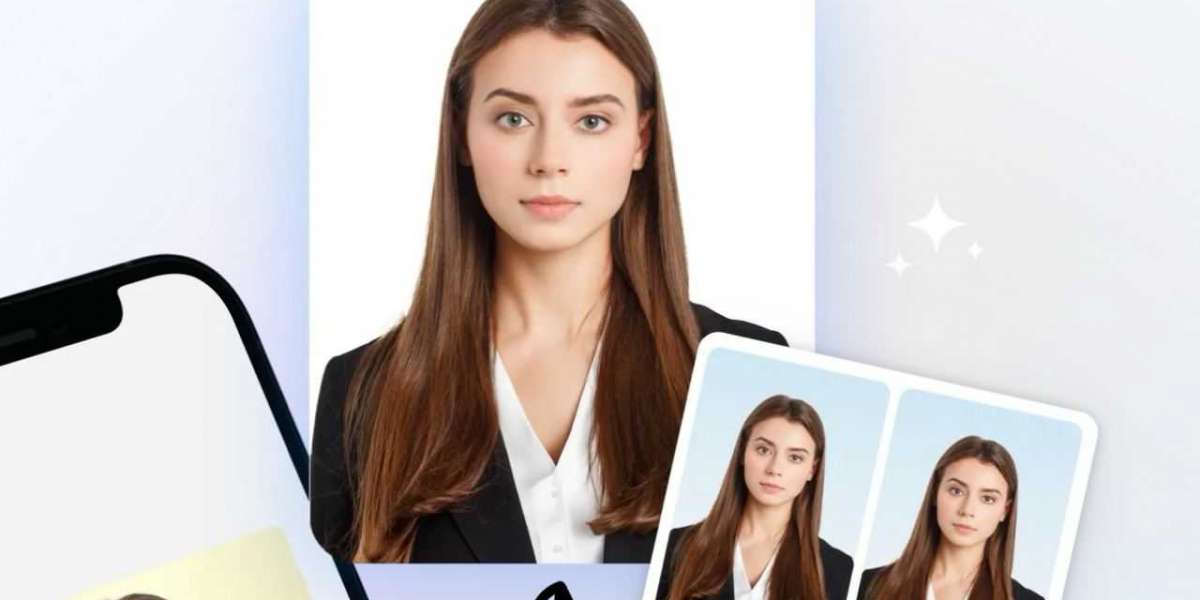Securing a passport or an ID involves more than just filling out paperwork; your photograph needs to meet strict criteria set by government bodies. A well-prepared backdrop plays a critical role in ensuring your face is clearly visible and the photo is acceptable. Here’s a comprehensive guide to setting up a suitable background that highlights your features without any distractions.
Selecting the Optimal Background Color
When it comes to taking photos for official documents, the background color is crucial. Neutral shades work best to frame your face properly, ensuring the focus remains on you without any visual noise:
- Preference for Light Colors: Light grey or off-white backgrounds are ideal because they do not compete with your facial features for attention. These colors reflect light evenly, helping to eliminate shadows that could mar the appearance of your face.
- Steer Clear of Bright and Busy Backgrounds: Bright colors and patterns can reflect poorly and complicate the image. They may also inadvertently become the focal point of the photo, which can lead to rejection of your photograph in official documents.
Think of your background as the stage for your portrait; it should enhance your appearance rather than detract from it.
Setting Up the Scene
To ensure your photograph turns out professional and meets all the necessary specifications, follow these steps to prepare your space effectively:
- Lighting Considerations: Aim for a well-lit spot. Natural lighting is preferable, but if that's not available, set up soft artificial lights to mimic daylight as closely as possible.
- Declutter the Background: Ensure the space behind you is clean and free of any items or decorations. This minimizes distractions and maintains the focus on you.
- Camera Placement: Secure the camera on a steady surface or a tripod at eye level. The distance should be such that it captures your head and shoulders clearly.
Proper preparation of your space can significantly enhance the quality of the photo, making sure it adheres to official guidelines.
Common Background Mistakes to Avoid
A good background is as much about what you shouldn't do as what you should. Here are some pitfalls to avoid:
- Personal Belongings: Ensure no personal items like photographs or noticeable wall hangings are in the shot.
- Complex Patterns: Simplicity is key, so avoid any intricate designs behind you that might steal focus.
- Shadows and Glare: Check for and adjust any shadows or glare that might appear on you or in the background, particularly if you wear glasses.
Tips for the Perfect Identification Photo
Beyond the background, several factors contribute to a high-quality ID photo:
- Appropriate Attire: Dress in colors that contrast with the background for clarity and distinction.
- Facial Expression: Keep a neutral expression with your mouth closed and eyes open, looking directly at the camera.
- Camera Settings: Double-check that your camera’s focus and exposure settings are optimized for portrait photography.
Conclusion
Investing time to properly set up a background for your ID photos ensures a smoother process in document approval. Utilize these guidelines to create a distraction-free environment that enhances the clarity and professionalism of your official photographs.
For those seeking a streamlined solution for ensuring their photo meets the stringent requirements, consider turning to online resources like AI passport photo, which offers tailored guidance for crafting compliant ID photographs.









